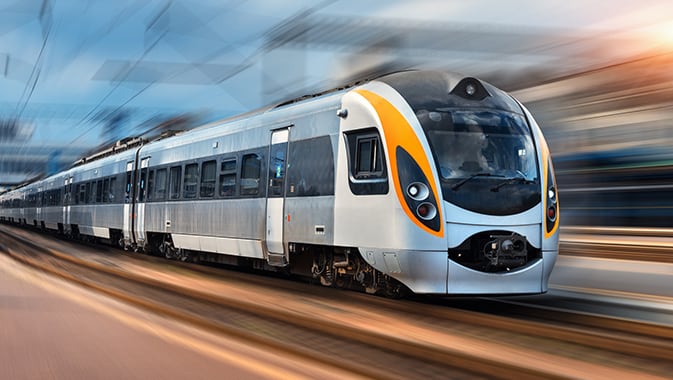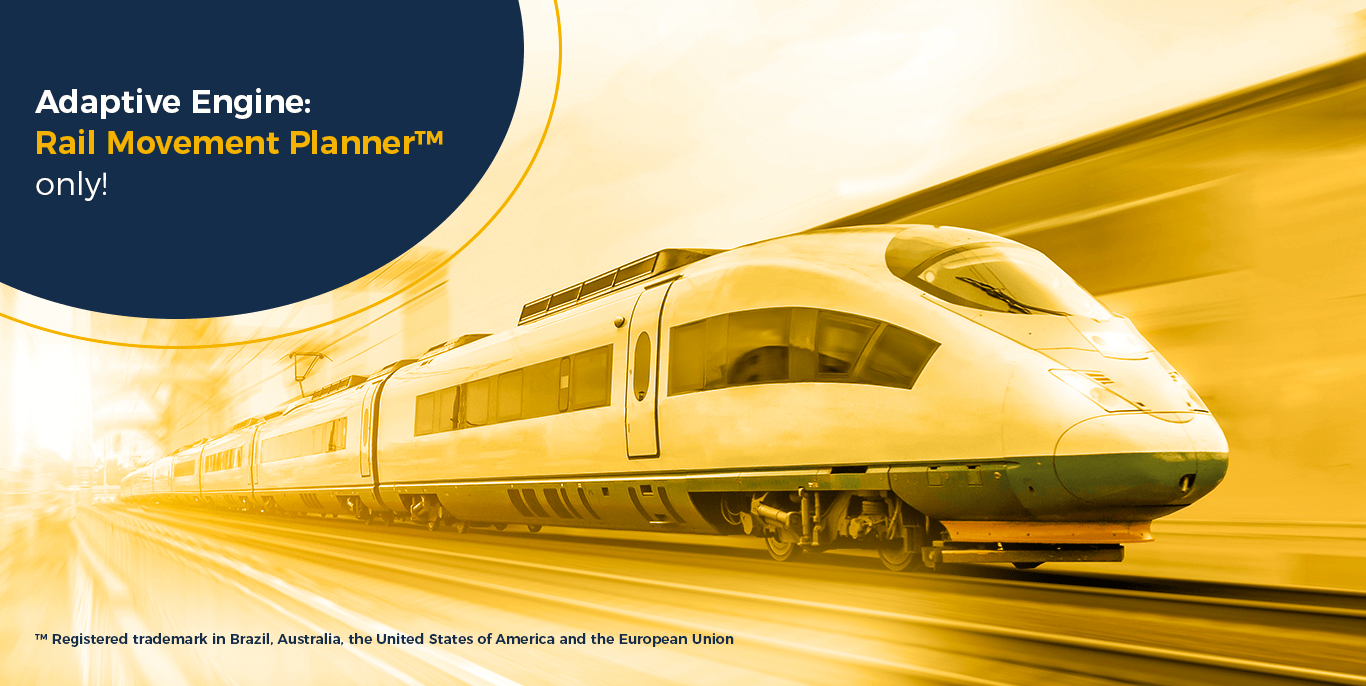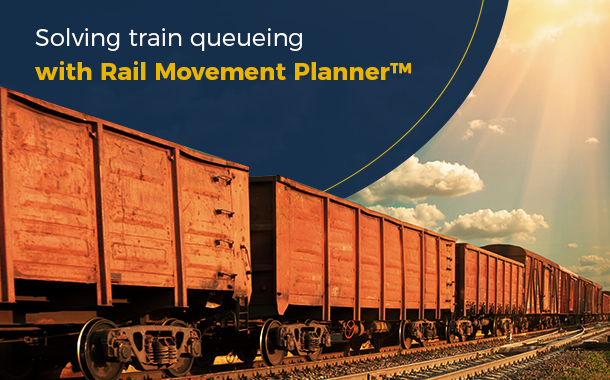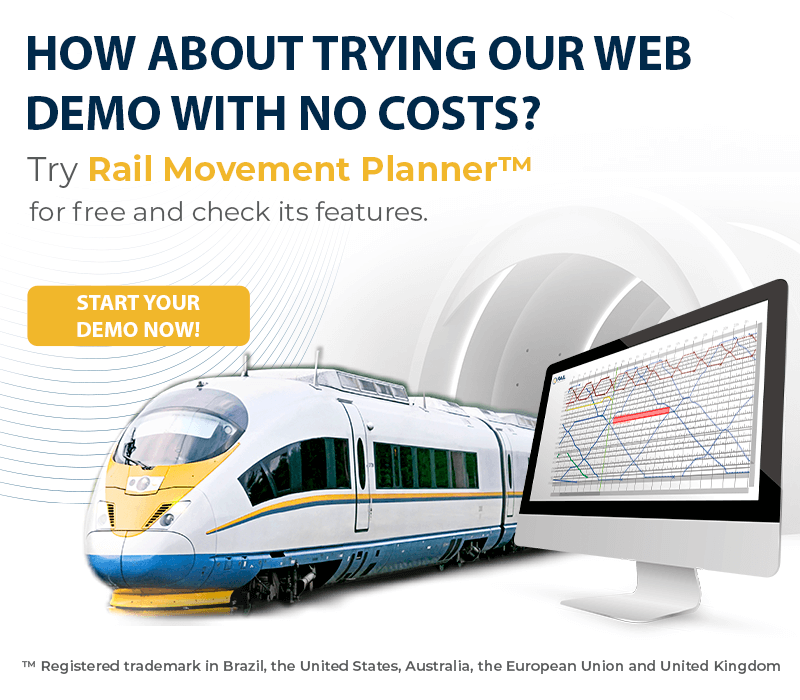Track maintenance plan adhering to the traffic plan.
The big impasse of the railroad is: how to increase productivity? The cost of the whole process of a railroad is very expensive, because its assets are very expensive, since nothing is sold on the shelf! If you want to order a locomotive, for example, you will have to wait more than two years – it won’t come next week, it is not ready to be delivered. So whatever asset you need to increase your capacity, you need to wait for manufacturing and delivery time, which can impact your production!
We have concluded that the better you predict your growth plan – and the more productivity you associate with your business – the less assets you will need! That is, you will do more with less, but to do so, you must change your strategies: get a better circulation plan or increase the length of the train. What is better? What is the more correct option?
For example, you currently earn $ 2 million from your fleet and in the future, you want to increase that number. So, you will need to change your plans often. You can count on Rail Movement Planner™ (RMP), as the tool will run long-term simulations so you can really assess whether your planning will deliver results in the future.
Among the railway optimization options, the system comes as one of the cheapest options. For example, changing machinery will be much more expensive than simply having a better circulation plan with the RMP – a new locomotive will cost at least 20 million, and the tool is almost 5% of that!
Here’s another example: In one region there is a very troubled railroad and the train wastes a lot of time going through that place. What are the alternatives: placing more trains or building more lines and yards? But how to prove which of these strategies is the best one? That’s where the Rail Movement Planner™ comes in! You can simulate these alternatives and analyze through graphs which is the best option to take and which will bring you more value, in the present and in the future.
Think of a day-to-day situation: you built and invested in a rail network. Every day many trains pass through it. And you ask yourself: worn rail? Yes. Does infrastructure is damaged by rain? Of course. Here comes a big question for the railroad: During my production process – with many trains circulating all the time – what time should I do the preventive maintenance of the track? That is the key question! Again, the RMP will act to help you. As the system is integrated with all agents involved in transportation, it ends up receiving demand from all sides.
With this, stakeholders should decide which information is most important to contemplate in the Rail Movement Planner. Subsequently, the RMP generates a traffic plan within the railroad’s objectives as regularly as possible. In the end, the tool will be able to unite production and maintenance in a single context. The goal is that by the end of the day, 100% of the plan will be fulfilled.
For track maintenance, there are several preventative inspection tools, such as the ultrasonic inspection, which passes over the track and can check for any cracks appearing. This tool needs to be always running, because if this problem is not checked in advance, a train could topple over – or if a track breaks, the fleet must suddenly stop. That is, the damage will be much greater than making a plan that includes preventive maintenance – it is part of the production process and is required to ensure a safe operation.
The railroad has a monthly maintenance plan; however, this plan has to be refined every week or even every day. But when is the best time to stop the production? How do I know what I have to use for maintenance: equipment or specialists in this process? That is, everything must be well planned so that these doubts do not arise in the middle of your planning! The Rail Movement Planner™ system helps you to check what are the consequences and what are the best alternatives. With this, the system can prove that one plan is better than another without impacting production.
That is, the RMP assists visualizing your whole scenario, ensuring production and at the same time allowing maximum adherence to the preventive track maintenance plan.
Remember: Preventive maintenance is vital for the railroad to operate! If you have a dense railway network, consequently this railroad is in high demand – either missing a line or too much train. You cannot use 100% of your capacity all the time. So, do not hesitate to execute your maintenance, because if the damage comes up it will be very expensive!
Use Rail Movement Planner™ to make the best plan for your Railway, which includes preventive maintenance and production! Contact our team and make a simulation on your way!
















